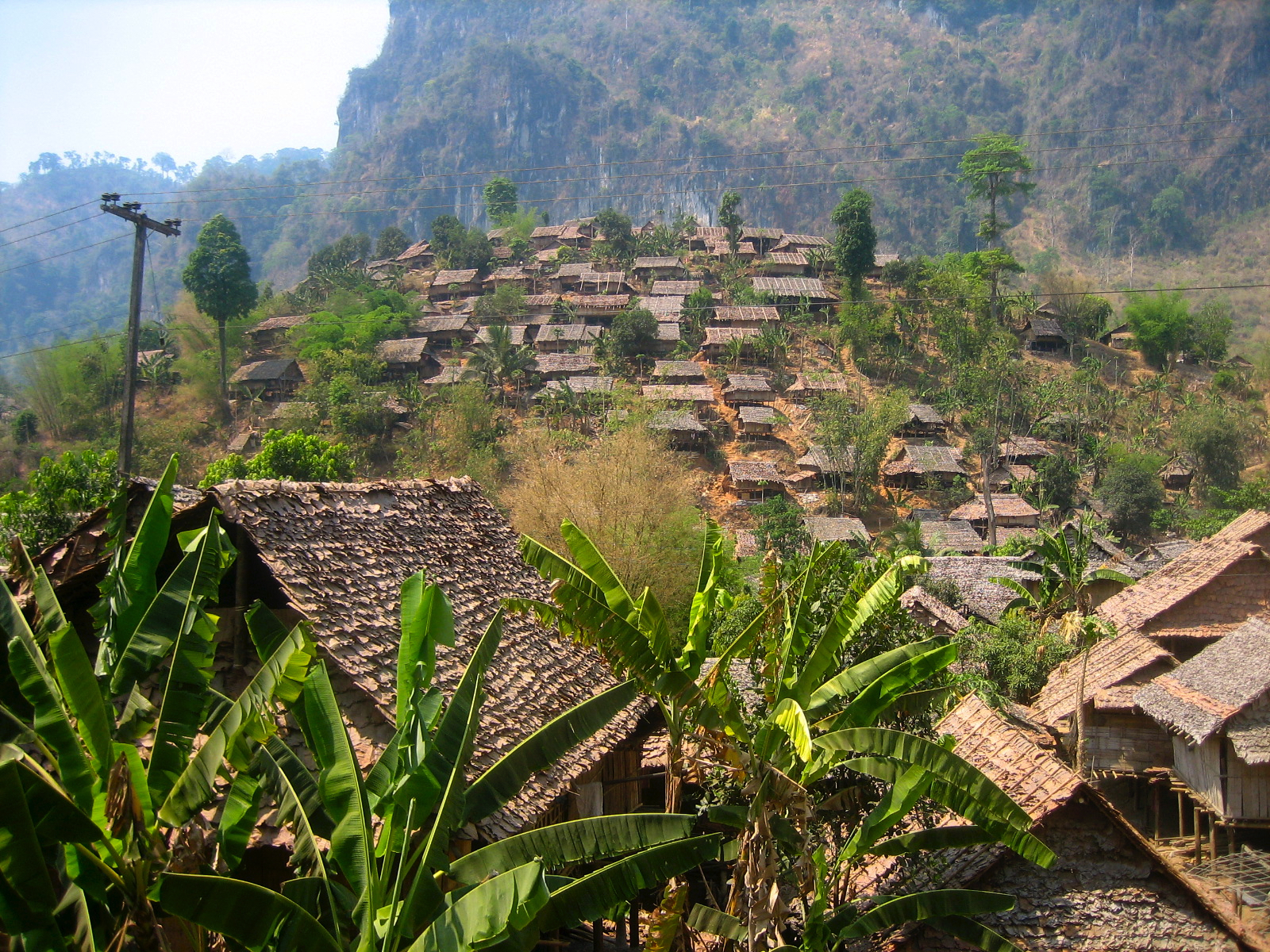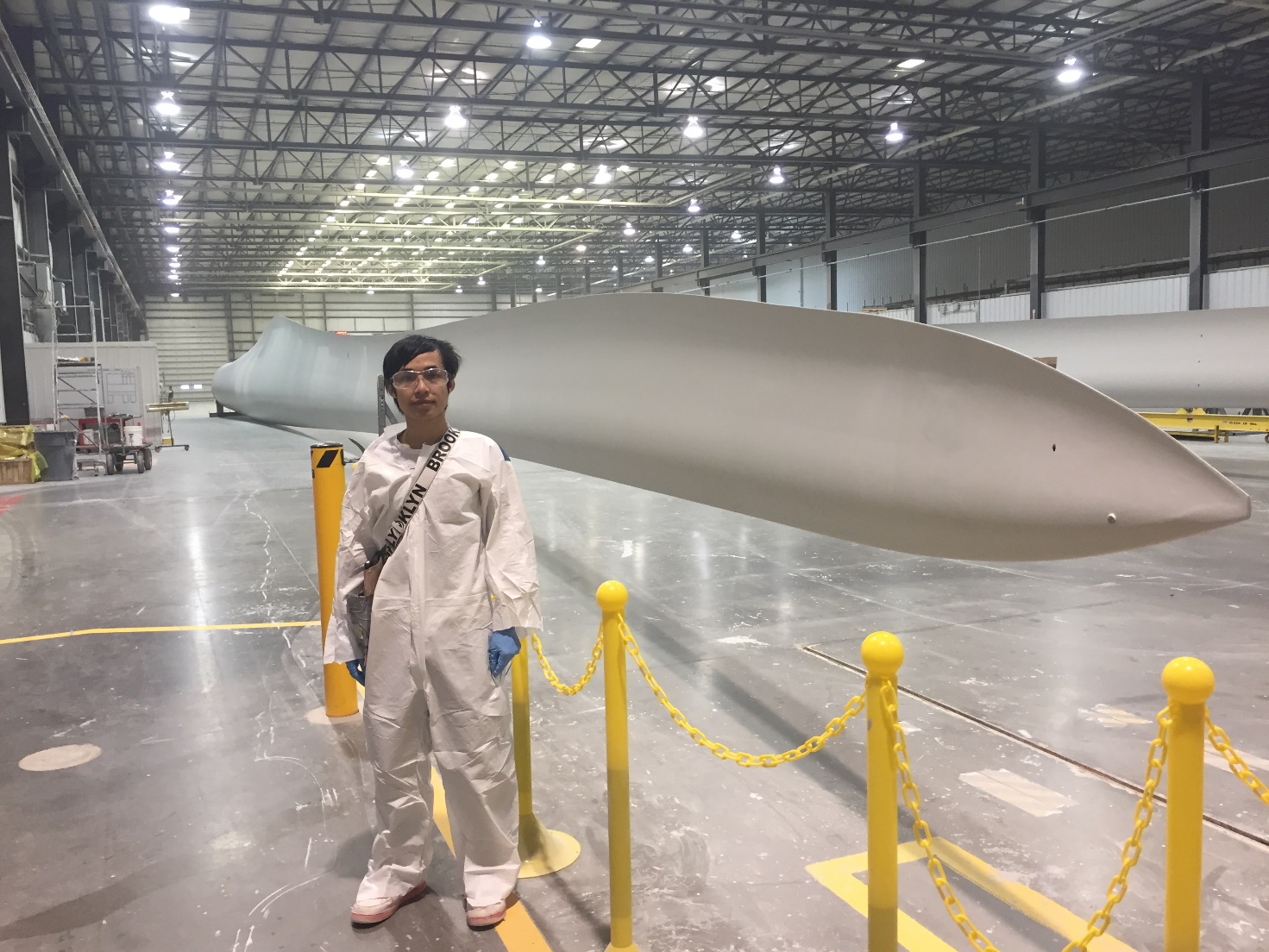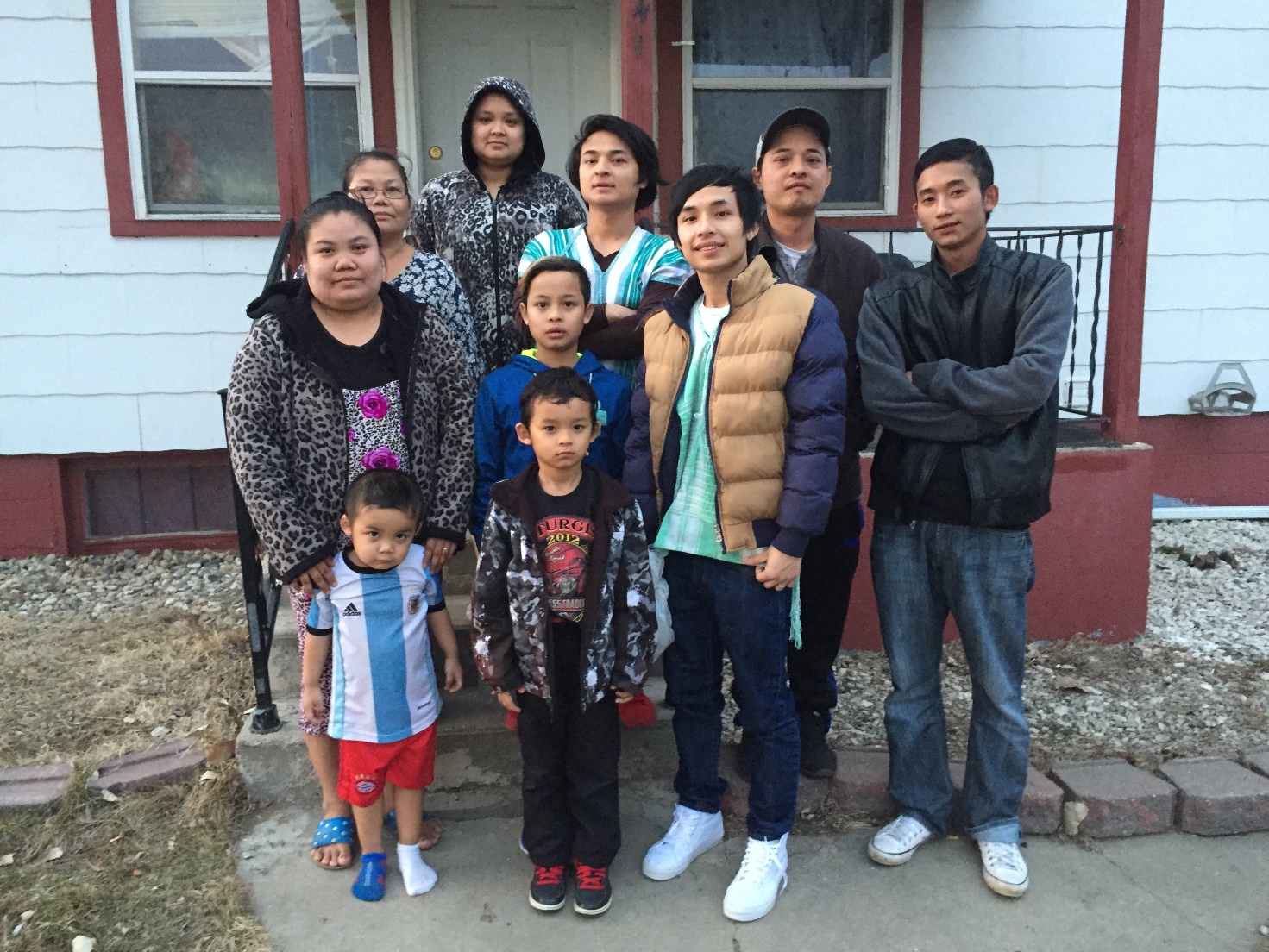- Project Leader : Naoi Riyo (Kyoto University, Center for Southeast Asian Studies)
Outline of Research
The purpose of this research is to examine the daily living situation and the community formation process among Myanmar refugees, especially children, living in a refugee camp and in the resettlement country through observations gained from a documentary film (images and narrations).
The research aims to examine the changes in the refugees’ identity, to document how their culture and religion changes, and how a new community is formed in the resettlement country. To that end, the Applicant, who is a documentary filmmaker, will analyze a documentary about the relationships among refugees with the goal of promoting a more comprehensive understanding of their situation.
Purpose of Research
The purpose of this research is to examine changes in the daily lives of Myanmar refugees and their process of forming a new community after resettlement. This will be done through analysis of a documentary film. The film to be analyzed is a documentary about the Karen refugee community in the United States.
The analysis focuses on the following two aspects:
(1) The daily living situation (quality of life, family issues) and the social relations in the Mae La refugee camp in Northern Thailand, where approximately 40,000 refugees are accommodated.
(2) The new community of approximately 2,500 resettled Karen refugees in South Dakota in the United States.
This research will be conducted at the YAMAGATA Documentary Film Library (YDFL), as it contains the greatest number of refugee films in the world. Previous films about refugees who resettled to the European Union and Australia will be analyzed.
I have been researching the daily lives and social relationships of Karen refugees since 2008. The data collected in the Mae La refugee camp will be compared to that from other refugees.
Significance
The Mae La refugee camp will be closed by 2020; some refugees have already left the camp and returned to their homeland. Little research has been conducted on the community issues and activities of everyday life over an extended period. Therefore, the living situation and social issues at the refugee camp are an important area of study.
Expected Results
This study focuses on the daily lives of individuals and the community of Karen refugees over a long period of time. By taking advantage of video techniques (images and narrations), this research seeks to capture complex human activities (such as expressions and voices), cultural changes, and the diverse realities of the region and culture, and to encourage multifaceted interpretations of complex human actions and culture that cannot be explained with words alone. In addition, by sharing the various values that exist in the refugees’ society through images, I hope to create new relationships and establish an academic paradigm. At the same time, the study intends to draw the world’s attention to the background situation of these refugees, and to inspire a discussion of the entirety of their lives, not only of political issues.



